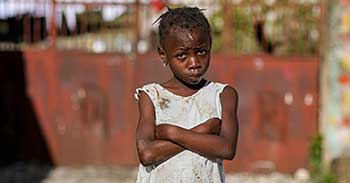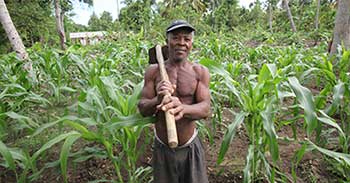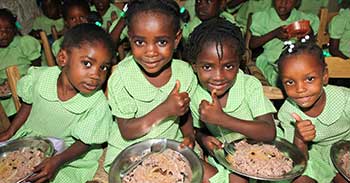
According to a report the Philippines struggles to curb child labour. More than half of the country's five million child workers do so under hazardous conditions. For example they work on garbage dumps, in charcoal factories and in sugarcane fields.
But now the government says its new policies will be able to eliminate child labour by 2016.
Many children work because they want to support their parents, but they are part of the illegal economic system of child labor.
Every child has the right to the most basic of necessities in life like a healthy environment, formal education, and most importantly, a loving family to come home to. Yet, poverty hinders the child to any of these things and forces labour in farming fields, mining shafts and peddling in the busy and dangerous streets in Manila and beyond.
Star of Hope runs two schools and one preschool in the Philippines. All together almost 3,000 children get their basic education and family support by Star of Hope to get a good start in life to create a more positive future for themsleves!


























